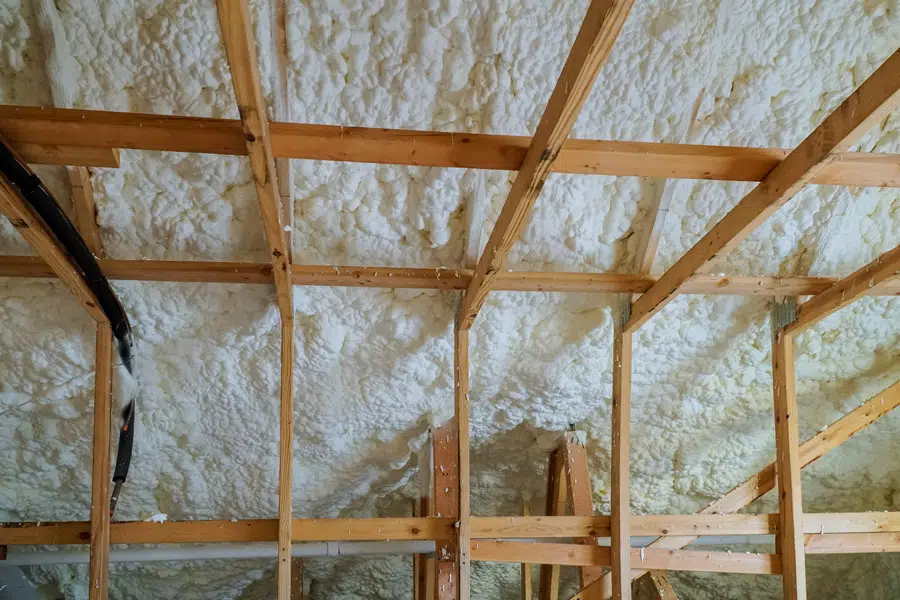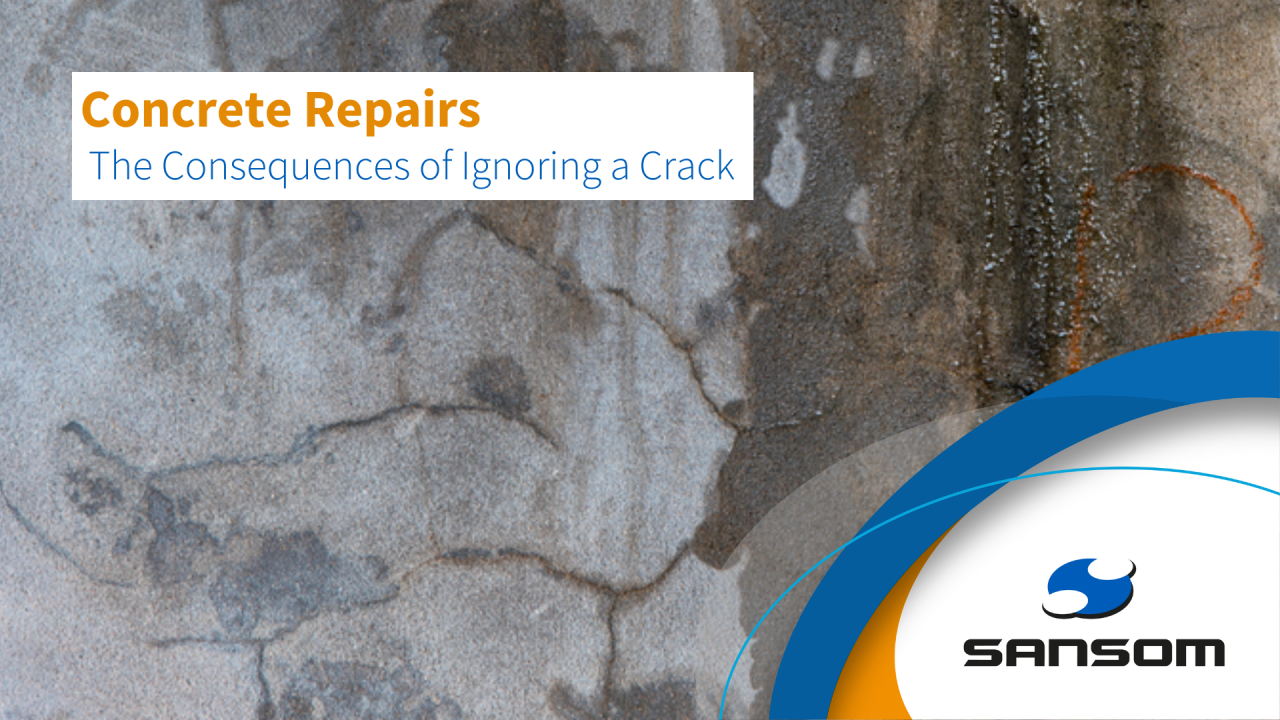Have you ever wondered what happens to all the unwanted furniture that gets hauled away by companies like Olo Hauling & Junk Removal LLC? Well, some lucky pieces may just find their way back into your home – but in an entirely different form! The concept of upcycling has taken the world by storm, and in this article, we’ll take a deep dive into the realm of creative restoration. Say goodbye to boring old tables and chairs as we delve into innovative ways to transform your discarded furniture into something truly extraordinary. From repurposing drawers into stylish shelves to transforming an old door into a rustic headboard, there are countless ways to breathe new life into old furniture pieces. Join us as we dive deep into the world of upcycling and discover how everyday items can be transformed from trash to treasure with a little imagination and ingenuity.
Why upcycling old furniture is a great idea
Upcycling old furniture is not only a great idea, but also a sustainable way to give new life to something that would otherwise end up in the landfill. By repurposing and transforming old furniture, you can create unique pieces that add character and charm to your space. It’s much more satisfying than buying something new off the shelf, as it gives you the freedom to customize and create according to your personal style.
One of the biggest advantages of upcycling old furniture is its potential for cost savings. Buying new furniture can be expensive, especially if you want high-quality pieces. However, hunting for pre-loved items at thrift stores or online classifieds and giving them a makeover can save you a significant amount of money. Plus, with some creativity and DIY skills, you can turn even the most outdated piece into something trendy and modern. Furthermore, upcycling allows for limitless possibilities when it comes to design and customization. You are not restricted by what mass-produced furniture stores offer; instead, you have complete control over every aspect of your project. You can choose paint colors, upholstery fabric patterns, or even mix-and-match different pieces together to create one-of-a-kind statement furniture that reflects your personality. The satisfaction derived from creating something original cannot be overstated – it’s like having a masterpiece crafted by your own hands.
Assessing the condition of your furniture
Assessing the condition of your furniture is a crucial step before embarking on any upcycling project. One important factor to consider is the structural integrity of the piece. Check for any loose joints, cracked or split wood, or wobbly legs that might undermine both its aesthetic appeal and functionality. However, don’t discount a piece just because it has some superficial damage—a little wear and tear can add character to your upcycled creation.
Another aspect to evaluate is the overall stability of the furniture. Give it a gentle shake and see if it wobbles or feels unsteady. If so, you may need to reinforce certain areas or replace damaged components before starting your upcycling process. It’s also worth inspecting upholstery for signs of excessive wear and tear, such as holes, stains, or frayed edges. While reupholstering can be an extra effort, it breathes new life into old furniture while allowing you to customize its design according to your taste. By taking the time to assess these factors—structural integrity and stability—you ensure that you choose pieces with good bones for your upcycling projects. Remember that while minor repairs are expected when repurposing old furniture, considering these aspects will save you from investing time and effort into pieces that are beyond repair. Look beyond surface flaws and envision how transforming a tired-looking chair could become a statement piece in your home—your own unique treasure born out of creativity and resourcefulness.
Choosing the right upcycling technique
When it comes to giving new life to old furniture, there is no shortage of upcycling techniques. From painting and distressing to decoupage and upholstery, the options are endless. But how do you choose the right technique for your piece? One important factor to consider is the condition of the furniture. If it has scratches or damaged parts, a technique that involves painting or covering may be the best choice. On the other hand, if the piece is in good shape but just needs an update, a simple staining or refinishing technique could be more appropriate.
Another aspect to consider when choosing an upcycling technique is your personal style and taste. Each technique creates a different look and feel, so it’s important to select one that aligns with your aesthetic preferences. If you prefer a sleek and modern look, for example, a high-gloss paint finish might be ideal. On the other hand, if you have a love for vintage charm, then distressing or stenciling techniques can help create that desired patina. Lastly, it’s crucial to assess your level of expertise and available resources before settling on an upcycling technique. Some techniques require extensive knowledge of tools and materials, while others can be easily accomplished with just basic DIY skills. Additionally, certain techniques may require specific supplies that you may not have on hand. Assessing these factors will help ensure that you choose a technique that matches both your skill level and available resources.
Creative ideas for upcycling different types of furniture
One creative way to upcycle old furniture is by turning an old cabinet into a functional storage solution for your bathroom. You can remove the doors, paint it with a fresh coat of colorful paint, and add some new hardware for a modern touch. Then, you can stack baskets or storage bins inside the open shelves to hold towels, toiletries, and other bathroom essentials. This not only gives new life to an old piece of furniture but also provides much-needed organization in your bathroom. Demolition Cambridge provides a valuable service by salvaging materials from demolished buildings and repurposing them into unique pieces of furniture.
Another unique idea is repurposing an old dresser as a charming outdoor planter. With some basic carpentry skills, you can remove the drawers from the dresser and replace them with wooden slats or chicken wire. Add some soil and plants of your choice to each drawer space and watch as your garden blooms in this unconventional yet beautiful planter. This idea adds character to any outdoor space while also reducing waste by giving new purpose to an old furniture piece. Thinking outside the box when it comes to upcycling old furniture can lead to some truly amazing results. By transforming a tired coffee table into a stylish pet bed, for example, you can create a cozy resting spot for your furry friend while showcasing your creativity and love for DIY projects. All you need is some foam padding covered with fabric or even an old blanket attached securely on top of the tabletop.
Conclusion: Embrace the art of upcycling
In conclusion, embracing the art of upcycling not only allows us to reduce waste and save money, but it also gives us the opportunity to express our creativity and individuality. Upcycling is more than just a trendy buzzword; it’s a way of life that can have a positive impact on our environment and overall well-being.
By upcycling old furniture, we are able to breathe new life into discarded items that would otherwise end up in the landfill. Instead of throwing away these pieces, we can transform them into something beautiful and functional, adding character and uniqueness to our living spaces. Whether it’s repurposing an old wooden door into a headboard or turning an outdated dresser into a stylish storage bench, the possibilities are endless when it comes to upcycling. Not only does upcycling allow us to exercise our creativity, but it also encourages conscious consumerism. By choosing to update and reuse what we already have instead of purchasing new items, we are reducing our carbon footprint and minimizing the demand for new products. It’s a win-win situation – we get to enjoy one-of-a-kind furniture while simultaneously contributing towards sustainable living practices.



